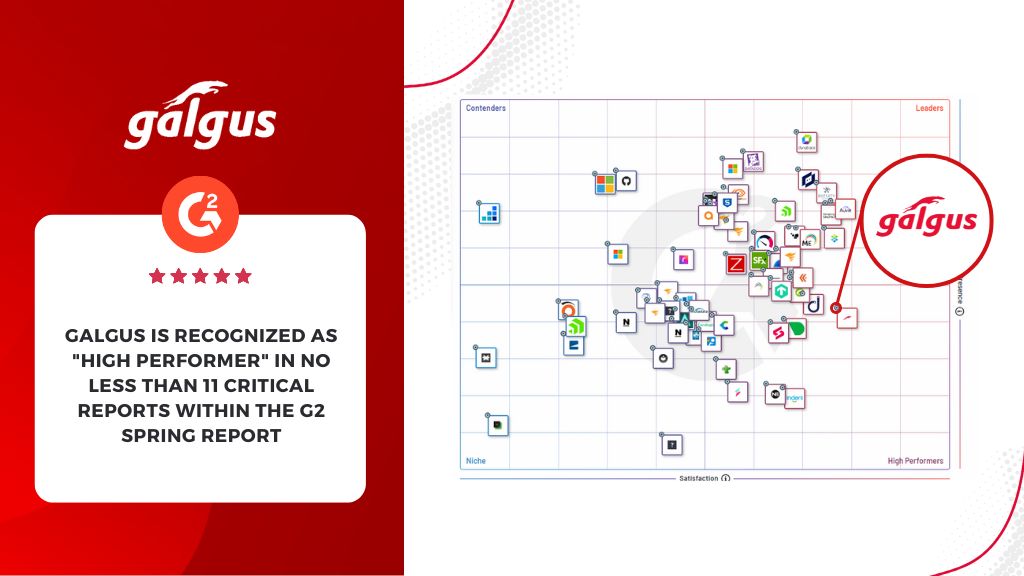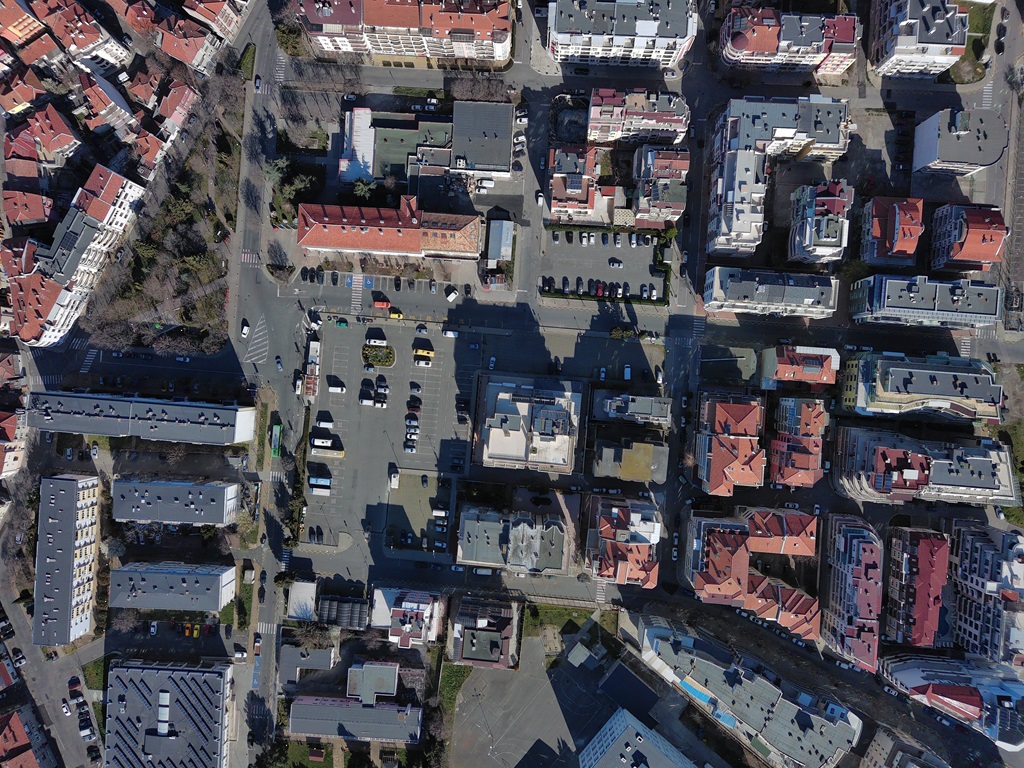Providing a WiFi connection that meets the requirements of the circumstances and users is not an easy task. Fortunately, there are ways to smooth it out and we bring them to you in this article. Here are 5 of the most common drawbacks encountered by wireless network managers and the solutions to overcome them.
The 5 most common problems for professional WiFi connections and how to solve them
Lack of network coverage
One of the most common WiFi connection problems, and the one we are going to start with, is the weak signal in certain areas. These coverage problems are mainly due to poor planning when designing the network.
As a result, the WiFi access points are neither in the right location nor in the right quantity to achieve an appropriate signal for each corner. Here we must not only take into account the distances, but also aspects such as the presence of elements that cause interference or attenuate the signal. Among them, we find:
- Presence of other WiFi networks or electromagnetic signals from electronic equipment, generally wireless and operating in a range of the electromagnetic spectrum very close to WiFi.
- Mirrors, glass and metal surfaces, which cause the signal to “bounce” off them.
- Building materials, such as stone, cement and bricks.
To avoid all these inconveniences, it is best to carry out a comprehensive network deployment plan. To do this, the environment must be studied in detail, the characteristics of the equipment to be deployed and their range must be known, the presence of radiation causing interference must be analyzed and other actions must be taken.
2.- Saturation of simultaneous connections
One of the biggest challenges to achieve a quality WiFi connection are those scenarios where there is a high demand of requests at the same time. These scenarios include environments such as soccer stadiums, large hotels, stations and airports, convention centers, theaters, auditoriums, schools, universities, shopping centres, etc.
This becomes even more complex if we take into account that many of the users demand multimedia content, thus more easily saturating the available bandwidth and, consequently, increasing latency, interruptions and offering a lousy service.
The best way to avoid this undesirable situation is to have solutions that automate the management of network resources. A clear example of this is Galgus’ CHT (Cognitive Hotspot Technology).
CHT makes access points intelligent by exchanging data between them on network performance and their environment. Once this information is analyzed, it balances the load in real time to avoid saturation, chooses the best channels and bandwidth for each situation, as well as other valuable advanced features.

3.- Not having guest networks
In an increasingly digitized world, we must be very cautious when it comes to protecting the sensitive information circulating in our network. According to Check Point, in 2021 there were 40% more weekly cyber-attacks on companies worldwide than in the previous year. Attacks that can reach a very high economic cost and, sometimes, impossible to solve for the company.
Therefore, given this vital problem for WiFi networks, it is almost mandatory to deploy a guest network. That is, a wireless network for those people outside the organization, but who visit them from time to time. For example, we are talking about clients, partners, maintenance staff, etc. In this way, we ensure that unauthorized persons do not have access to critical data of the business and the people who compose it.
These guest networks are also recommended to be used by employees’ personal devices (laptops, smartphones, tablets…). Since the company has no control over the programs installed on them and whether they contain malware.
As additional cybersecurity measures, it is also advisable to consider the use of captive portals and access control lists.
4.- Obsolete infrastructure and software
Although we are gradually getting used to it, it is surprising how technology has the capacity to evolve at breakneck speed. Although this is a plus for growth in all respects, it has the disadvantage of increasing the risk of having equipment that is outdated and cannot meet the expectations of the most demanding users.
The WiFi connection is not immune to all this, although, fortunately, there are ways to solve it. One of the most effective is the Software Defined WiFi paradigm. This is based on the disaggregation of software and hardware. In other words, it makes it possible to renew and enhance the functionalities of an access point by simply installing the appropriate firmware.
This opens up a multitude of options. One of them is that you can significantly extend the lifetime of the equipment. On the other hand, you can acquire cheaper hardware or hardware that is not the latest generation and multiply its functions with the appropriate software. All this results in significant savings when investing in a renewed WiFi network.
5.- Not taking contextual information advantage
Nowadays, WiFi networks offer much more than just Internet connectivity. In fact, they are an excellent source for companies and public administrations to learn about the behavior and habits of their employees and users. All thanks to its Location Analytics function.
Therefore, it would be a mistake not to take advantage of it. Location Analytics allows you to track the movements of those people who are connected to the network and those who, without being connected, are in its area of influence. All of this is done anonymously and in compliance with current privacy laws.
With this, administrators will be able to know which areas are the most and least visited, the peak and off-peak hours and days, where they spend more time and a multitude of valuable data to manage material and human resources more optimally, design more efficient marketing and advertising campaigns, define an adequate portfolio of products and services, etc.
So much for this review of the main problems that your professional WiFi network may present. From Galgus, we hope that this article will be for you an introductory guide to deal with them. And, if you want to go deeper into them, it will be a pleasure to help your project grow on the foundations of advanced connectivity. Shall we talk about it?









